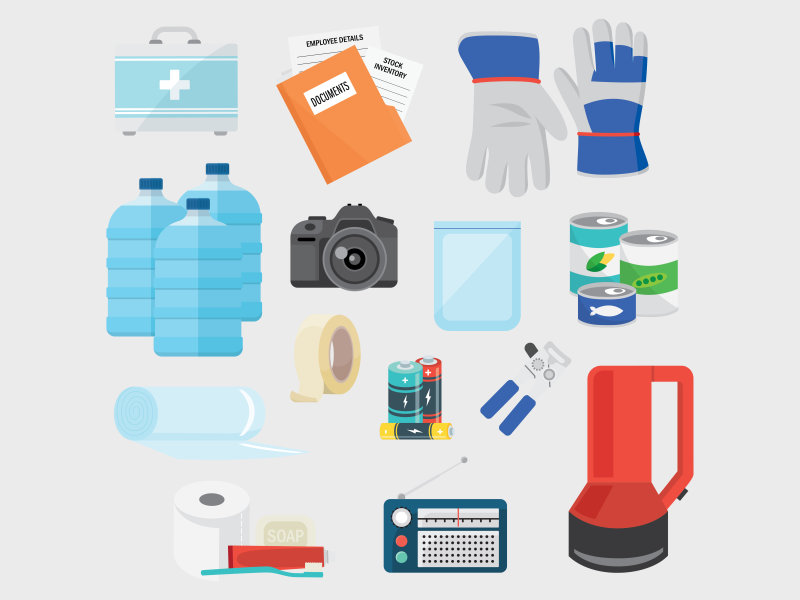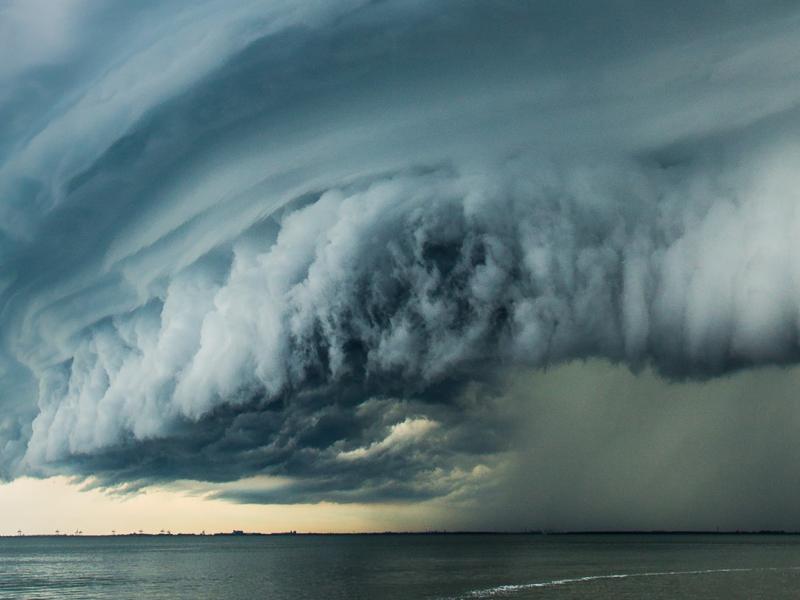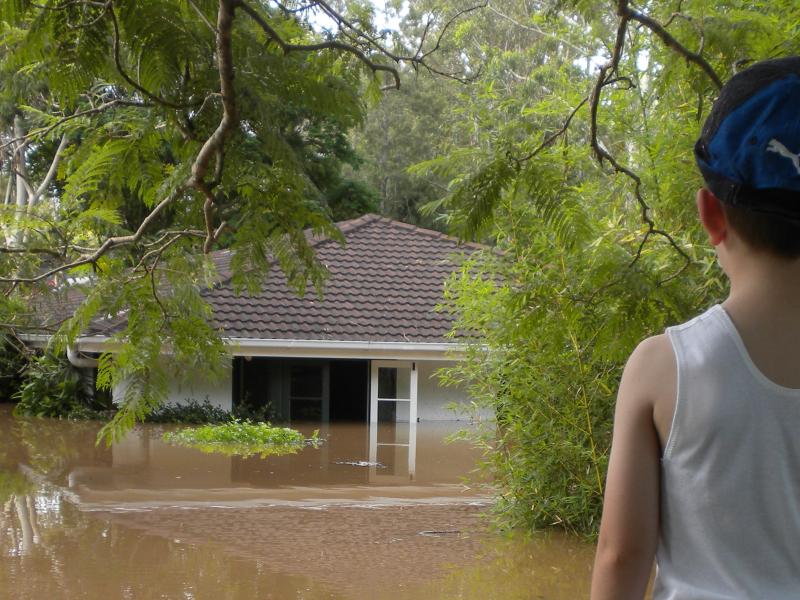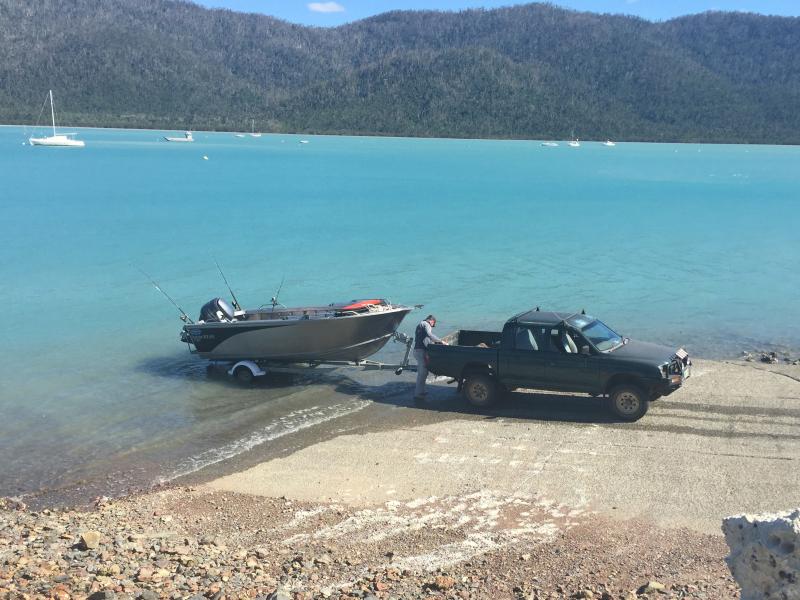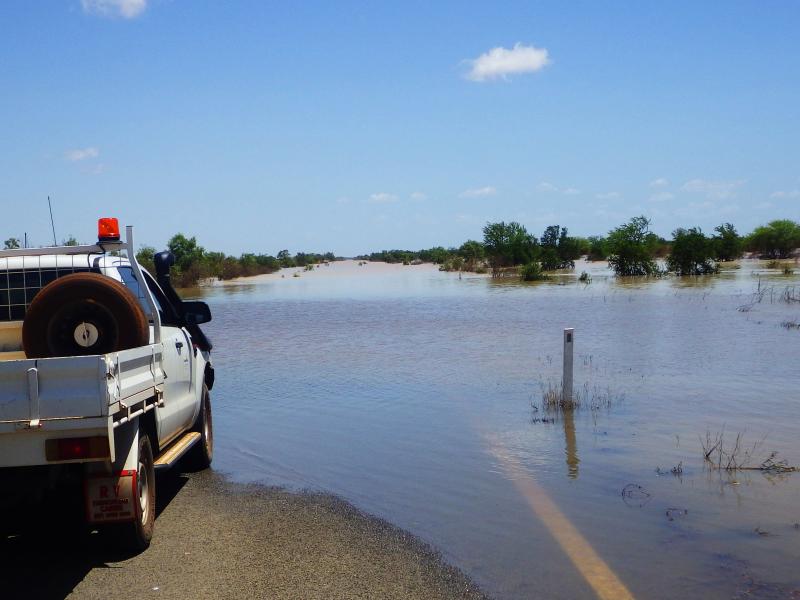Protecting Your Business is More than Securing Your Premises
Make sure your business is ready for natural disasters with a disaster plan that helps minimise financial damage and outlines continuity.
Business Continuity Planning provides a framework to help you consider risks, what is needed to be operational post-disaster, develop your response to a disaster and to organise adequate insurance.
Business Continuity and Disaster Recovery
Business continuity planning involves developing a practical plan for how your business can prepare for, and continue to operate after an incident or crisis. A business continuity plan will help you to:
- identify and prevent risks where possible
- prepare for risks that you can't control; and
- respond and recover if an incident or crisis occurs.
View the following video from Business Queensland to find out more.
Steps to reduce your business’ risk
Use these Business Queensland and Get Ready Queensland’s resources to prepare your business for the impact of natural disasters.
Producers
Understanding which natural disasters or severe weather events are likely to occur in your area will help you prepare for events that are most likely to impact your business.
You can also Get Ready by downloading the Livestock Severe Weather Emergency Plan (2.17MB). The Get Ready Queensland Livestock Severe Weather Emergency Plan is designed to help primary producers prepare their property, livestock and business for severe weather.
Luke, a dairy farmer in Regency Downs tells us the importance of making a plan for your livestock.
Department of Agriculture and Fisheries Natural Disaster Impact Survey will also support producers who have experienced losses or damage to their property during a disaster event. The information collected through the survey helps the Queensland Government determine the appropriate level of disaster recovery assistance to provide under jointly funded Commonwealth-State Disaster Recovery Funding Arrangements.
Resilience Maturity Scorecard and Playbook
Measure and build your strategic resilience maturity to meet the challenges of disasters and pandemics.
The scorecard is a resilience tool designed for, and by, the Community Services Industry Alliance in collaboration with six community organisation partners across the state and thanks to funding from the Queensland Reconstruction Authority.
At the end you will receive your rankings against the domains, a dashboard of your insights and report with an analysis of your organisation’s strengths and areas of development in as little as 20 minutes.
The Playbook contains evidence-based resources and case studies to support senior leaders and boards to build resilience maturity across the three domains.
Complete your scorecard here!
Dealing with nbn outages
Equipment connected over the nbn access network will not work during a power outage.
Unplanned or unexpected outages to your nbn access network connection can occur for many reasons, such as severe storms, cyclones, bushfires, car accidents, or trees or branches falling onto power lines.
For more information visit the nbn website.
Business emergency kit
If a natural disaster strikes and you need to evacuate, having an emergency kit can help keep your business running in another location. Keep your emergency kit where you can quickly and easily retrieve it. Record in your business's emergency plan the contents of your emergency kit and ensure someone is responsible for keeping your kit up to date.
Hover over the interactive dots below or expand the checklist to find out what to include.
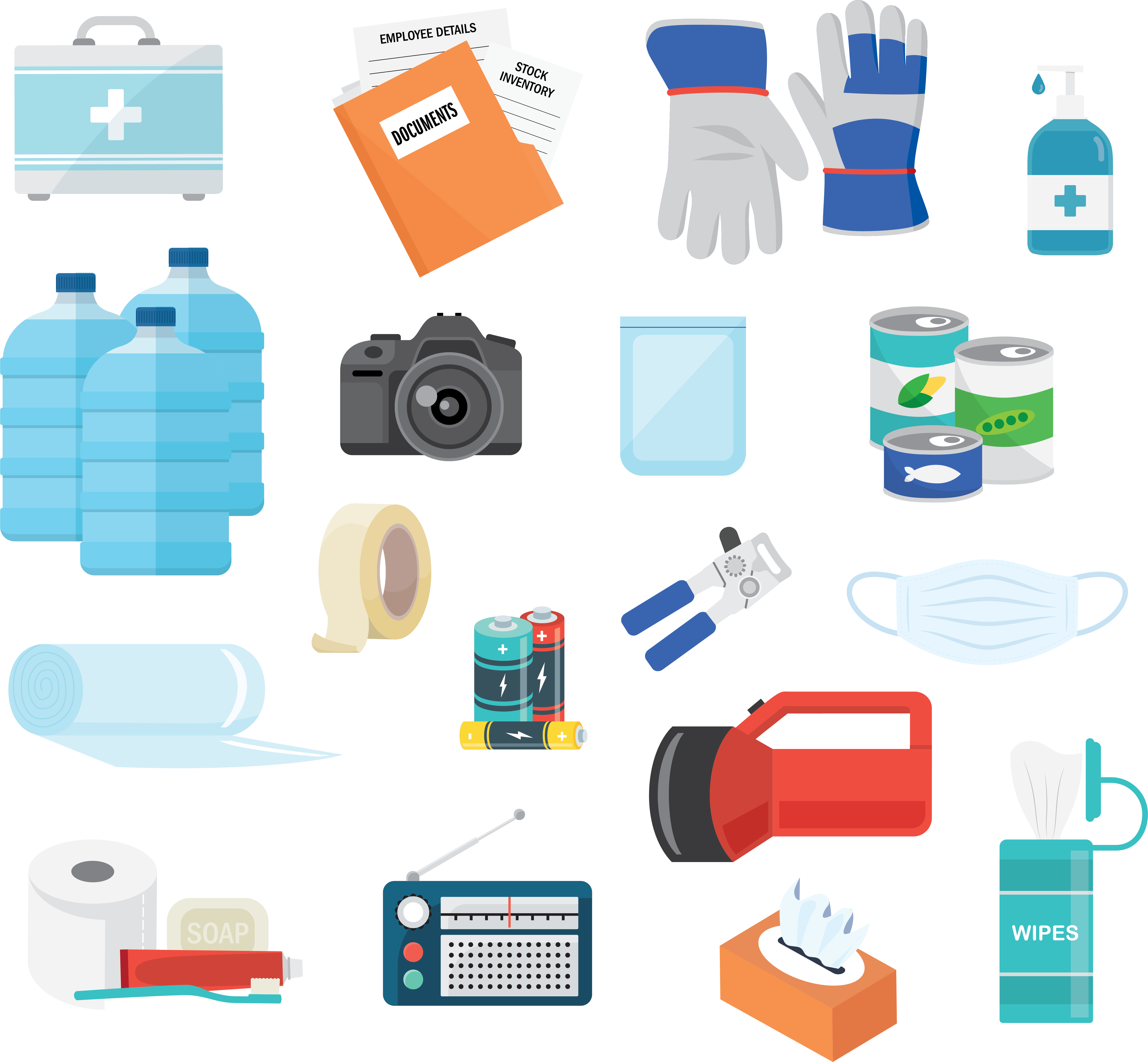
A properly equipped first aid kit can save lives. Make sure you include a first aid manual.

Your emergency kit should contain up to date copies of important documents. These can be photocopies kept in a waterproof bag, scanned copies stored on a USB flash drive or you could upload to the cloud. Business Queensland suggests the following plans, lists and documents: business continuity plan, evacuation plan, building site plan (useful during recovery operations), list of employee contact details, emergency services contacts, alerts and warnings services, list of customer and supplier details, product lists and specifications, latest stock and equipment inventory, insurance policies, financial and banking records, back-up of all data on USB memory sticks or external drives and spare keys or security codes.

A pair of sturdy gloves will help prevent injury and infection when handling rubbish and debris.

Pack 10 litres of drinking water per person at a minimum. You may need more if someone in your business has a condition which heightens dehydration or if you live in a very hot or dry climate. Plan what you will need and fill food grade jerry cans or bottles with drinking water. Every two or three months, empty the water onto plants and refill with fresh water.

A camera is useful to record any damage for insurance claims post-disaster. If you can avoid it, don’t use the camera on your smart phone to conserve the battery.

To protect important documents, hard drives and USBs from water damage.

Make a three-day menu plan to cover all your staff and store a supply of non-perishable food in your kit. Include non-perishable snacks, such as muesli bars.

To protect equipment and assets.
To brace windows during a cyclone or severe storm.

Make sure you have enough spare batteries to last three days. Ensure you have packed the correct battery type and quantities required for your torch, radio and any other equipment.

Although most tins have a ring pull, there are still quite a few for which you will need a can opener.

Include toiletries you will need for three days such as toilet paper, toothpaste, toothbrushes, soap, shampoo, personal hygiene products, sunscreen and insect repellent.

A battery powered radio is one of the most reliable items in a disaster especially during power and internet loss.

Even if your business is not damaged in a disaster, electricity may not be available and you could be left in the dark for quite a while, so include a torch (or two) or a battery powered lantern.

Pack wipes for your business emergency kit.
Pack hand sanitiser for your business emergency kit.
Pack face masks for your business emergency kit.
Pack tissues in your business emergency kit.
A properly equipped first aid kit can save lives. Make sure you include a first aid manual.

Your emergency kit should contain up to date copies of important documents. These can be photocopies kept in a waterproof bag, scanned copies stored on a USB flash drive or you could upload to the cloud. Business Queensland suggests the following plans, lists and documents: business continuity plan, evacuation plan, building site plan (useful during recovery operations), list of employee contact details, emergency services contacts, alerts and warnings services, list of customer and supplier details, product lists and specifications, latest stock and equipment inventory, insurance policies, financial and banking records, back-up of all data on USB memory sticks or external drives and spare keys or security codes.

A pair of sturdy gloves will help prevent injury and infection when handling rubbish and debris.

Pack 10 litres of drinking water per person at a minimum. You may need more if someone in your business has a condition which heightens dehydration or if you live in a very hot or dry climate. Plan what you will need and fill food grade jerry cans or bottles with drinking water. Every two or three months, empty the water onto plants and refill with fresh water.

A camera is useful to record any damage for insurance claims post-disaster. If you can avoid it, don’t use the camera on your smart phone to conserve the battery.

To protect important documents, hard drives and USBs from water damage.

Make a three-day menu plan to cover all your staff and store a supply of non-perishable food in your kit. Include non-perishable snacks, such as muesli bars.

To protect equipment and assets.
To brace windows during a cyclone or severe storm.

Make sure you have enough spare batteries to last three days. Ensure you have packed the correct battery type and quantities required for your torch, radio and any other equipment.

Although most tins have a ring pull, there are still quite a few for which you will need a can opener.

Include toiletries you will need for three days such as toilet paper, toothpaste, toothbrushes, soap, shampoo, personal hygiene products, sunscreen and insect repellent.

A battery powered radio is one of the most reliable items in a disaster especially during power and internet loss.

Even if your business is not damaged in a disaster, electricity may not be available and you could be left in the dark for quite a while, so include a torch (or two) or a battery powered lantern.

Pack wipes for your business emergency kit.
Pack hand sanitiser for your business emergency kit.
Pack face masks for your business emergency kit.
Pack tissues in your business emergency kit.
A properly equipped first aid kit can save lives. Make sure you include a first aid manual.

Your emergency kit should contain up to date copies of important documents. These can be photocopies kept in a waterproof bag, scanned copies stored on a USB flash drive or you could upload to the cloud. Business Queensland suggests the following plans, lists and documents: business continuity plan, evacuation plan, building site plan (useful during recovery operations), list of employee contact details, emergency services contacts, alerts and warnings services, list of customer and supplier details, product lists and specifications, latest stock and equipment inventory, insurance policies, financial and banking records, back-up of all data on USB memory sticks or external drives and spare keys or security codes.

A pair of sturdy gloves will help prevent injury and infection when handling rubbish and debris.

Pack 10 litres of drinking water per person at a minimum. You may need more if someone in your business has a condition which heightens dehydration or if you live in a very hot or dry climate. Plan what you will need and fill food grade jerry cans or bottles with drinking water. Every two or three months, empty the water onto plants and refill with fresh water.

A camera is useful to record any damage for insurance claims post-disaster. If you can avoid it, don’t use the camera on your smart phone to conserve the battery.

To protect important documents, hard drives and USBs from water damage.

Make a three-day menu plan to cover all your staff and store a supply of non-perishable food in your kit. Include non-perishable snacks, such as muesli bars.

To protect equipment and assets.
To brace windows during a cyclone or severe storm.

Make sure you have enough spare batteries to last three days. Ensure you have packed the correct battery type and quantities required for your torch, radio and any other equipment.

Although most tins have a ring pull, there are still quite a few for which you will need a can opener.

Include toiletries you will need for three days such as toilet paper, toothpaste, toothbrushes, soap, shampoo, personal hygiene products, sunscreen and insect repellent.

A battery powered radio is one of the most reliable items in a disaster especially during power and internet loss.

Even if your business is not damaged in a disaster, electricity may not be available and you could be left in the dark for quite a while, so include a torch (or two) or a battery powered lantern.

Pack wipes for your business emergency kit.
Pack hand sanitiser for your business emergency kit.
Pack face masks for your business emergency kit.
Pack tissues in your business emergency kit.
Examples of businesses preparedness
The following videos showcase Queensland businesses who have invested in disaster preparedness activities, and how this has benefited their business, customers and employees.
Find out more and Get Ready
Check out these other pages and resources to help you Get Ready.



